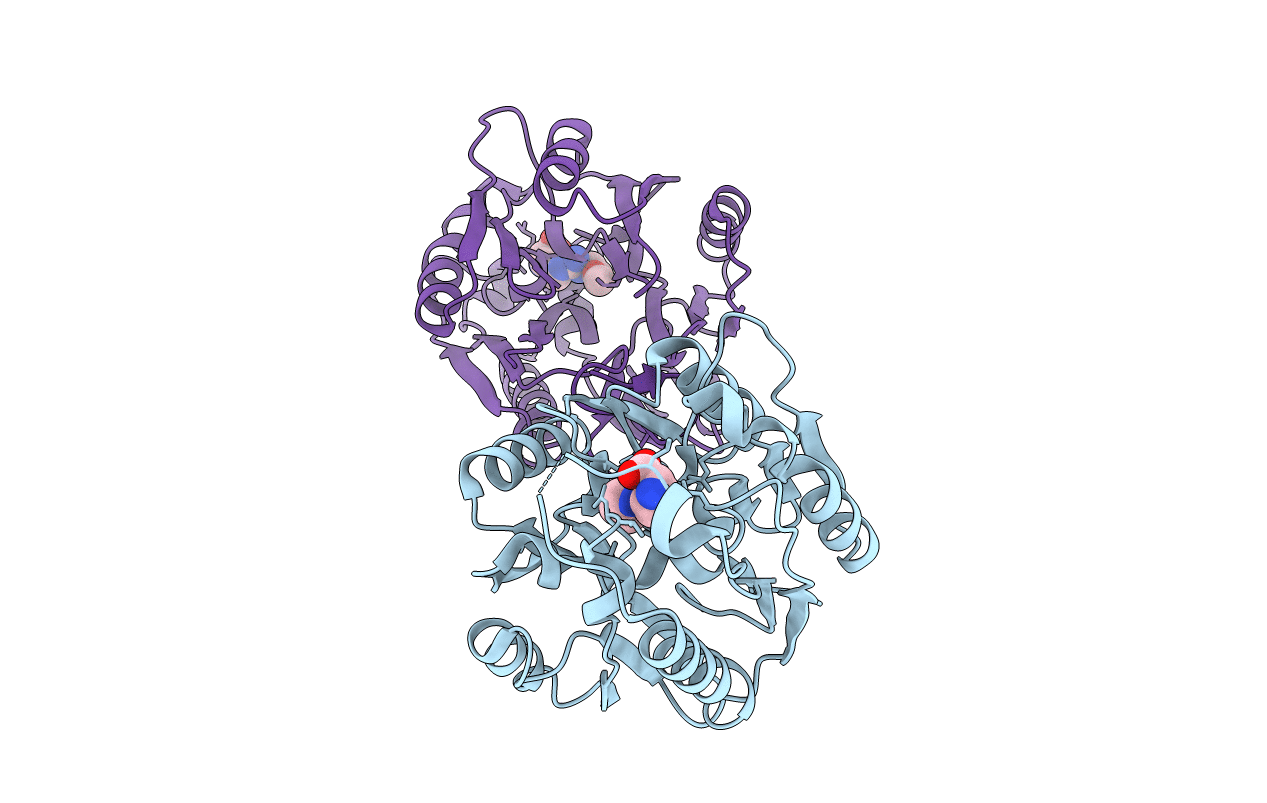
Deposition Date
2006-11-29
Release Date
2007-02-13
Last Version Date
2024-05-01
Method Details:
Experimental Method:
Resolution:
2.00 Å
R-Value Free:
0.26
R-Value Work:
0.21
R-Value Observed:
0.21
Space Group:
P 1 21 1


